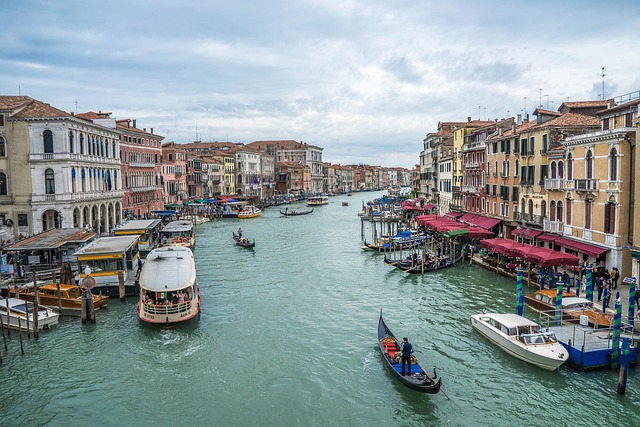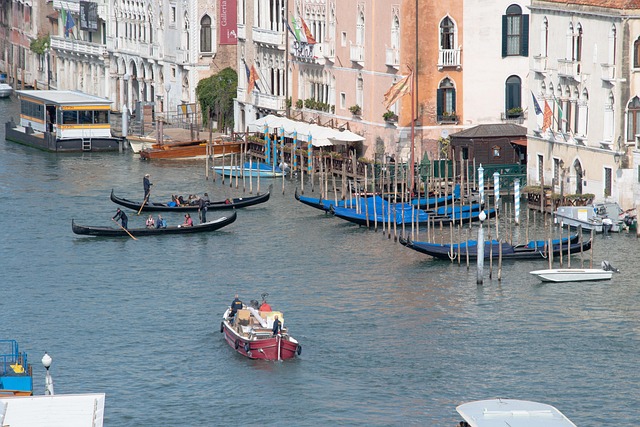Industrial parks are strategic economic development hubs that attract businesses through tailored infrastructure, resources, and supportive environments. Located near transportation hubs and urban centers, these parks offer efficient logistics, reduced delivery times, and access to skilled workers, boosting regional and national economies. With diverse space options and strategic zoning, industrial parks drive economic activity and generate significant returns while balancing sustainability through green initiatives and favorable real estate policies.
Industrial parks are driving economic growth globally, transforming landscapes into thriving business hubs. This article explores the multifaceted role these specialized zones play in fostering development. From providing strategic real estate solutions to attracting investments and creating job opportunities, industrial parks are essential engines of progress. We delve into strategies for maximizing their potential, focusing on sustainable practices and real estate optimization to ensure long-term prosperity.
The Role of Industrial Parks in Economic Development

Industrial parks play a pivotal role in economic development, acting as catalysts for growth and innovation. These designated areas offer a unique blend of infrastructure, resources, and supportive environments that foster businesses, particularly manufacturing and industrial enterprises. By providing ready-made spaces tailored to specific industry needs, they streamline the process of establishment and expansion for companies. This, in turn, attracts investments, creates job opportunities, and drives local economies.
The strategic planning behind industrial parks involves careful consideration of real estate, zoning, and logistics. Developers often collaborate with governments to identify suitable locations offering easy access to transportation networks, utilities, and skilled labor. Such strategic positioning ensures that businesses operating within these parks benefit from efficient supply chain management and market accessibility. Over time, the cumulative effect of these developments translates into significant economic gains for both the region and the nation.
Real Estate Opportunities within Industrial Parks

Industrial parks have become hotspots for real estate investment, offering a range of opportunities for developers and investors alike. The strategic location of these parks, often close to transportation hubs and major urban centers, makes them highly desirable for businesses seeking prime space. This proximity facilitates easy access to a skilled workforce, enhances logistics efficiency, and reduces delivery times—all critical factors for economic success.
The real estate landscape within industrial parks is diverse, catering to various business needs. From large-scale manufacturing facilities requiring expansive floor plans to smaller warehouses and distribution centers, there’s a place for every industry. Moreover, the development of mixed-use spaces that combine office, retail, and residential components further increases property value and attracts a broader range of tenants. This versatility makes industrial parks not just hubs of economic activity but also lucrative real estate ventures.
Strategies for Maximizing Growth and Sustainability

Industrial parks, as engines of economic growth, must adopt strategies that maximize their potential while ensuring long-term sustainability. One key aspect is strategic planning and development. This involves identifying niche industries that align with regional strengths and global trends, attracting investments through favorable real estate policies, and creating infrastructure tailored to specific industry needs.
Additionally, fostering a business-friendly environment with efficient regulations and access to skilled labor can significantly enhance park attractiveness. Investing in green initiatives and renewable energy solutions not only reduces environmental impact but also positions the industrial park as an eco-conscious leader. These strategies not only drive economic growth but also ensure the park remains competitive and relevant in an ever-evolving global market.






